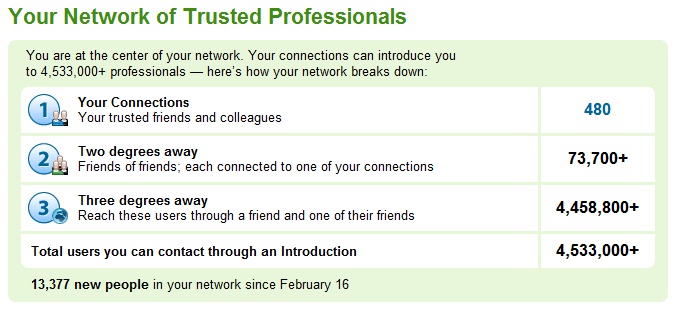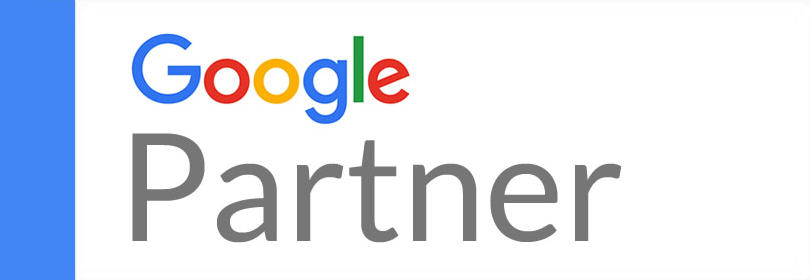[facebook_ilike]
Earlier this week I attended the ever interesting and insightful Conversations About the Future of Advertising (
CATFOA) organized by
Tim Brunelle and sponsored by the Minnesota Interactive Marketing Association (
MIMA) and Minneapolis College or Art and Design (
MCAD). This is by far is the best speaker series in the Twin Cities, where you’ll find nationally renowned digital experts talk about where the future of marketing, advertising and public relations is headed.
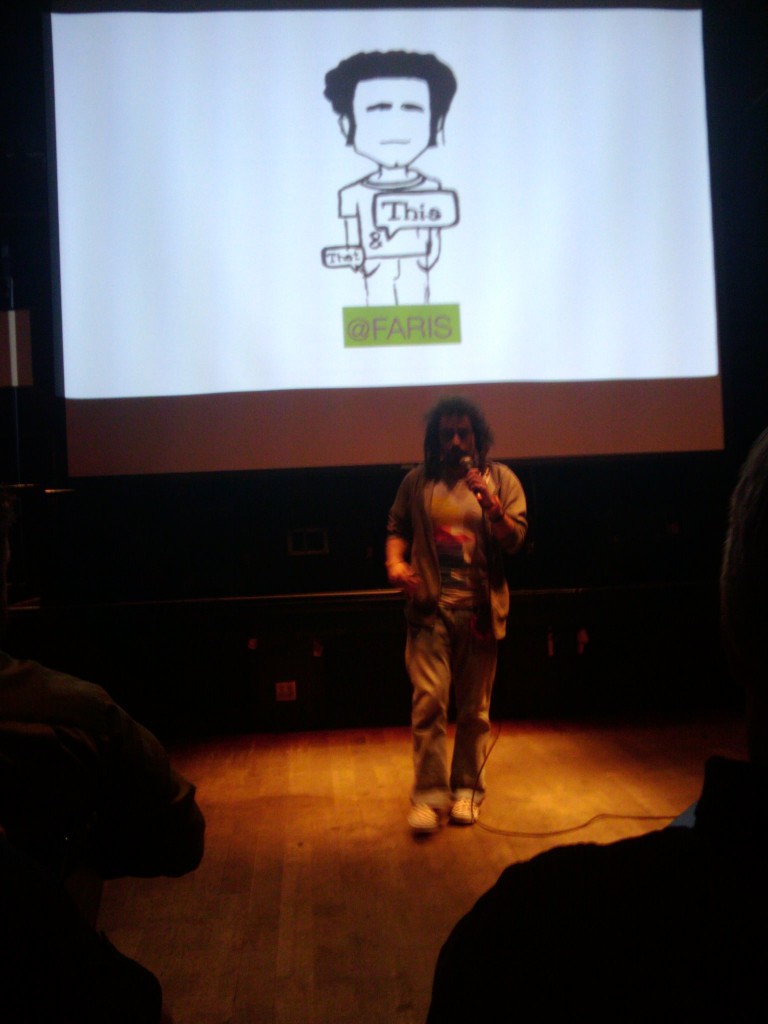
Faris Yakob speaking at CATFOA
I’ve attended about 5 of these events, put on every winter/spring, and have recently noticed the demographic of the audience has been changing from just the digital geeks to …how should I say this…older… ahem….more experienced business professionals who have begun to realize that the digital space is becoming increasingly social and more relevant to their world. I say kudos to them.
Faris Yakob, formerly the Chief Technology Strategist at McCann Erickson, was the speaker at this CATFOA event and his theory that once you hit 30 years of age, everything you’ve learned up to that point about marketing, pr and advertising is now hard wired into your brain and new technologies and cultural dynamics have a harder time breaking through to your consciousness.
His point is perhaps a bit extreme but it holds a grain of truth as there’s been a rapid paradigm shift in the way communication technologies have become faster and more pervasive, as Faris talks about in his Fast Company article on Cultural Latency. Thus companies (mostly run by people older than 30) are slow to catch on to this paradigm shift and realizing this isn’t just a fad. This is real, it’s growing in significance, and it’s going to have serious repercussions for organizations if they don’t quickly grasp this new world of interactive social engagement.
People are starting to slowly catch on though as witnessed by the demographic shift at these events and the droves of Minnesota professionals flocking to such associations and events as:
- MIMA – 1,400 members and counting
- Social Media Breakfast (SMBMSP) – average event attendance: 300+
- CATFOA – average event attendance: 250+
Organizations such as the MN American Marketing Association (MNAMA), Advertising Federation (AdFed), Midwest Direct Marketing Association (MDMA) and Public Relations Society of America (PRSA) have been slow to incorporate interactive programming and have been losing members and event attendance to these groups. They will be in serious trouble if they don’t start bringing more interactive and social media content to their event schedules.
My guess is that five years from now we won’t be talking about digital marketing or social networking as it will be one discipline; marketing. And it will further blur the lines between what we perceive as marketing, public relations and advertising. There will definitely be an interesting shake out in the agency world in the next few years.
It’s a confusing world out there right now as for marketing and communication professionals as the digital space is constantly changing and the only means for learning about the newest and latest trends will from listening to such thought leaders as:
… as well as the attending events at the Minnesota associations mentioned above: MIMA, CATFOA and SMBMSP. You won’t be able to find this type of programming at local universities and colleges (MCAD is an exception) as it’s moving much too fast for schools for tenured professors to keep up so my recommendation is start learning fast by reading blogs, attending events and of course participating in the online social space through blogging, tweeting, commenting, rating, digging, voting, friending, linking, etc…
Don’t be left behind……See you at the next event.
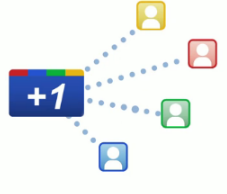 Looks like Google is attempting to match Facebook’s “like” with their own version called +1. I can’t think of a more confusing name but I’ll wait to see it before passing judgment. Google has yet to release it so here’s a brief preview of what +1 will do and what it looks like:
Looks like Google is attempting to match Facebook’s “like” with their own version called +1. I can’t think of a more confusing name but I’ll wait to see it before passing judgment. Google has yet to release it so here’s a brief preview of what +1 will do and what it looks like:
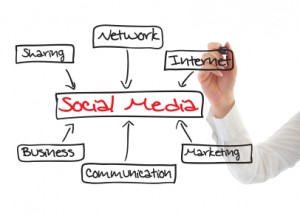
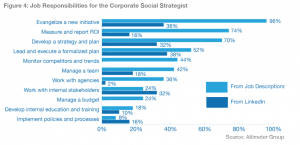
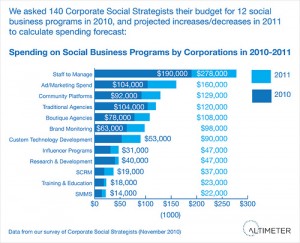
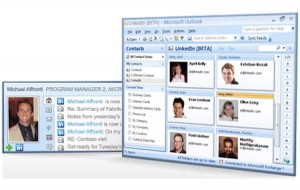 LinkedIn and Microsoft’s Outlook have teamed up to provide a powerful tool to help users utilize the power of their connections through their e-mail. This tool is still in beta but can currently be downloaded quite easily. This new add-on capitalizes on
LinkedIn and Microsoft’s Outlook have teamed up to provide a powerful tool to help users utilize the power of their connections through their e-mail. This tool is still in beta but can currently be downloaded quite easily. This new add-on capitalizes on  At a recent Minnesota Interactive Marketing Association (
At a recent Minnesota Interactive Marketing Association (

